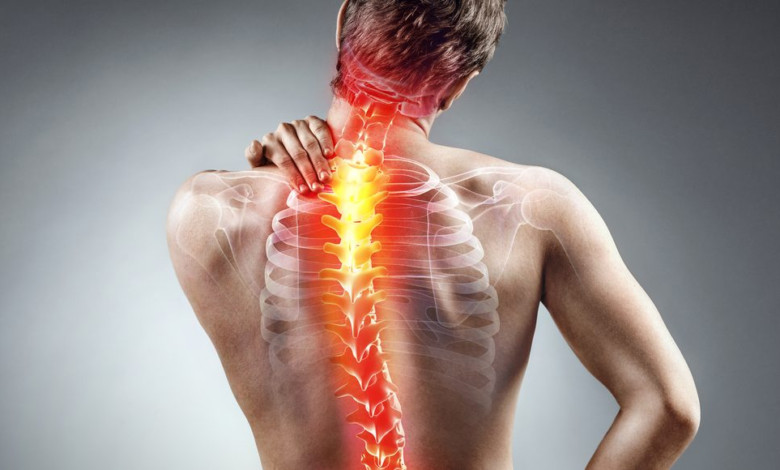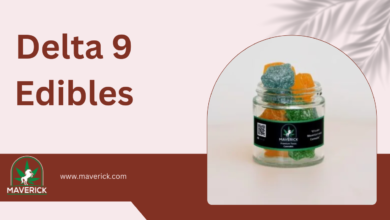Pain Management Methods and Therapies that Work

Everyone experiences pain, which is a symptom that something in their body is not working properly. It can be anything from a minor irritation to a crippling illness that seriously lowers quality of life. Effective pain management is a crucial topic for medical and therapeutic study because of its prevalence and potential effects. This article examines the range of pain management methods that are accessible, including complementary and alternative therapies as well as conventional medical procedures.
Comprehending Pain
There are two primary categories of pain: acute and chronic. Short-term acute pain is usually a reaction to a particular illness or injury. On the other hand, chronic pain lasts longer, frequently has no apparent explanation, and can develop into a separate illness. The subjective nature of pain perception is shaped by a multitude of factors, such as an individual’s emotional state, cultural background, and pain threshold.
Methods of Pain Management in Medicine
1. Drugs
a. Painkillers
Pain relief drugs that are most frequently used are called analgesics. They include prescription opioids like morphine and oxycodone, as well as over-the-counter medications like acetaminophen and nonsteroidal anti-inflammatory medicines (NSAIDs) like ibuprofen. Despite their effectiveness, opioids have a considerable potential for addiction and are typically recommended under close physician care for severe pain.
b. both anticonvulsants and antidepressants
Neuropathic pain, which results from injury to the nerves, can be effectively treated with certain antidepressants and anticonvulsants. Amitriptyline and gabapentin are examples of medications that function by changing how the brain and nervous system interpret pain signals.
2. Nerve blocks and injections
Injections can be quite helpful for certain forms of pain, especially localized pain or pain resulting from injury to the nerves. While nerve blocks entail injecting an anesthetic close to particular nerves to prevent pain signals from reaching the brain, corticosteroid injections lower inflammation.
Physical Interventions
1. Physiotherapy
The foundation of pain management, particularly for musculoskeletal disorders, is physiotherapy. Physiotherapists help patients achieve better movement and function, less pain, and the prevention of recurrence by using a combination of exercises, manual therapy, and education.
2. Chiropractic Treatment
The diagnosis and treatment of mechanical diseases of the musculoskeletal system, especially the spine, is the primary emphasis of chiropractors. Chiropractors use manual adjustments and manipulations to treat pain, enhance function, and assist the body’s inherent healing abilities.
3. Massage Therapy
Through enhancing relaxation, lowering muscle tension, and increasing circulation, massage treatment can reduce pain. It is especially helpful for ailments including fibromyalgia, arthritis, and persistent back pain.
Alternative Medical Interventions
1. The use of acupuncture
One of the mainstays of traditional Chinese medicine is acupuncture, which includes the insertion of tiny needles into certain body locations to balance the body’s Qi, or energy flow. Acupuncture has been shown in numerous trials to be beneficial in treating a wide range of pains, such as chronic back pain, osteoarthritis, and migraines.
2. Herbal Treatments
For millennia, people have utilized a variety of herbal medicines to relieve pain. For instance, curcumin, the active component of turmeric, has anti-inflammatory qualities. Salicin, a compound found in willow bark and a precursor to aspirin, has anti-inflammatory and pain properties.
3. Mind-Body Methods
a. Mindfulness and Meditation
By changing how pain is perceived and lowering stress, which exacerbates pain, mindfulness and meditation techniques can help manage pain. Chronic pain issues can be effectively managed with techniques including progressive muscle relaxation, guided visualization, and deep breathing.
b. Therapy based on cognitive behavior (CBT)
CBT is a psychological strategy that assists patients in altering their pain-related thought and behavior patterns. CBT can lessen the intensity and effects of pain by treating its psychological and emotional components.
Changes in Lifestyle
1. Nutrition and Diet
An important factor in pain management is eating a balanced diet. Nuts, fruits, vegetables, fatty fish, and other anti-inflammatory foods can all help lessen pain and inflammation. On the other hand, pain and inflammation can be made worse by processed meals, sweets, and trans fats.
2. Work out
Exercise on a regular basis is essential for pain management, especially chronic pain. Exercise relieves pain naturally by producing endorphins, strengthening muscles, enhancing joint function, and lowering inflammation. People with chronic pain are frequently advised to engage in low-impact exercises like yoga, walking, and swimming.
Advances in Technology
1. Electrical nerve stimulation applied topically (TENS)
TENS uses a device that stimulates nerves by sending electrical impulses via the skin. By preventing the brain from receiving pain signals and encouraging the release of endorphins, these impulses can aid in the reduction of pain.
2. Biofeedback
Through the use of biofeedback, patients can learn to regulate physiological functions like blood pressure, heart rate, and muscle tension. Patients who are able to manage these processes can lessen their physical pain symptoms.
3. VR stands for virtual reality.
Recent studies indicate that virtual reality (VR) has great potential as a pain management aid. VR offers immersive surroundings that encourage relaxation and stress reduction, as well as the ability to divert patients’ attention from their pain and anxiety.
Integrative Methodologies
Nowadays, a lot of medical professionals support integrated pain management strategies that combine traditional medical care with complementary therapies. By addressing the psychological, emotional, and physical components of pain, this holistic approach offers a more thorough course of treatment.
In summary
Pain management that is both effective and personalized requires a blend of different approaches and therapies. Physical therapy, alternative therapies, and lifestyle changes can also offer substantial relief, even though drugs and medical interventions play a critical role. In addition to reducing pain, the objective is to enhance general health and quality of life. People can identify the best methods for managing and reducing their pain by investigating and combining different ways.



